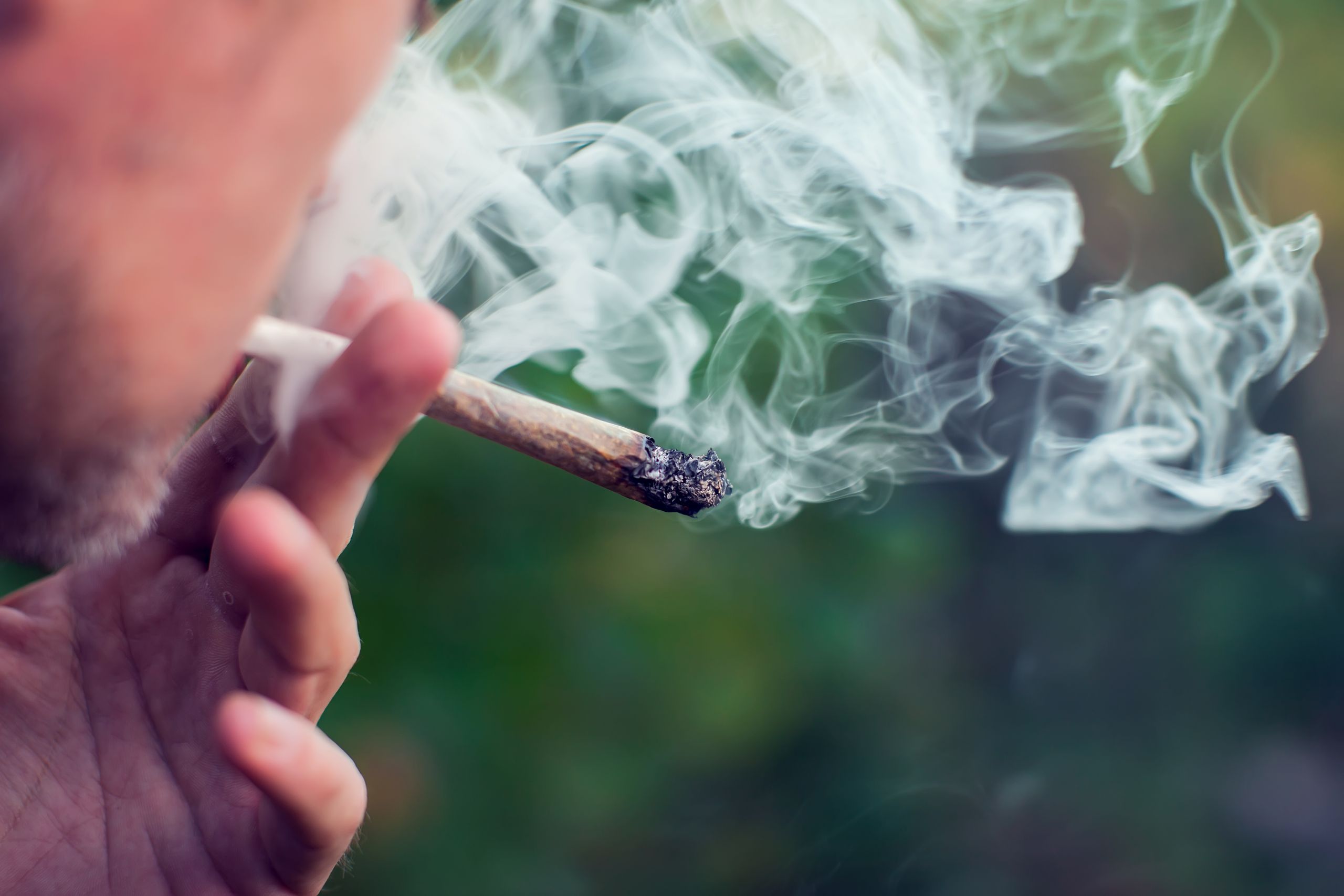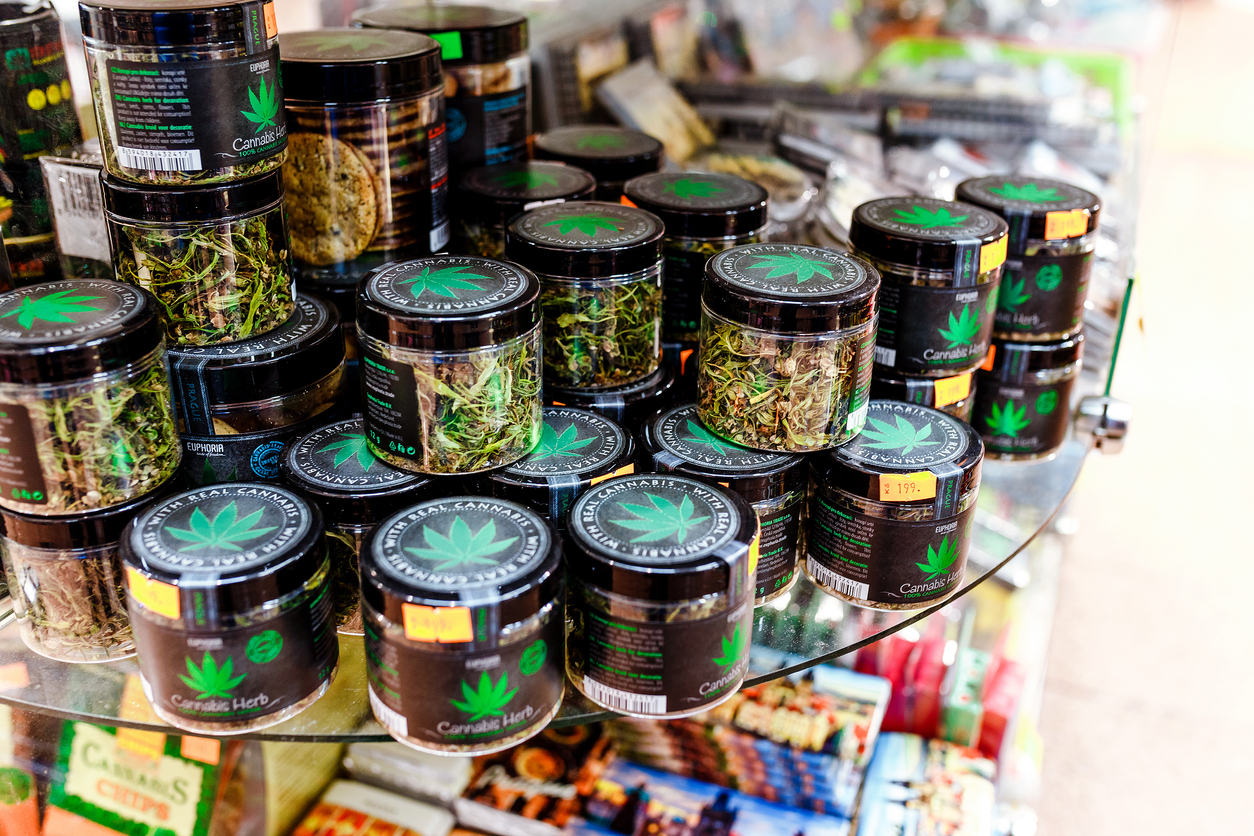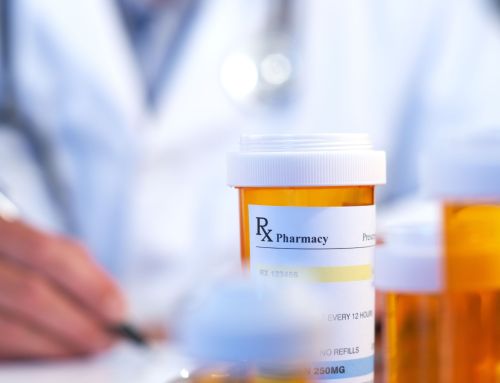
In recent years, the controversial issue of marijuana legalization has sparked intense debates. While its medicinal and recreational use acceptance has gained traction in various regions, concerns have emerged about its impact on younger individuals. Multiple studies have explored whether Marijuana usage in youngsters has increased after legalization and availability of legal marijuana, with some giving a strong “Yes” and others sharing a “No.”
A comprehensive survey conducted on a sample size of over 500,000 individuals examined marijuana usage patterns before and after the widespread legalization of the drug in the United States. The results revealed a concerning trend of increased marijuana use among teenagers. Furthermore, the survey identified a 25 percent rise in adolescents reporting cannabis use disorder following legalization, with the prevalence increasing from 2.18 percent in 2008 to 2.72 percent in 2016.
On the other hand, a Californian research utilized data from the California Healthy Kids Survey indicating that the legalization of marijuana had minimal effects on adolescent usage rates. Interestingly, the study even reported a striking decrease in marijuana use among young individuals in the state.
Then again, based on the Monitoring the Future Survey by the National Institute on Drug Abuse (NIDA), the prevalence of daily marijuana use among teenagers in 2020 reached the highest level recorded since 1991. The survey findings revealed that across different grade levels, 1 percent, 4 percent, and 7 percent of students reported engaging in daily marijuana use.
Although the specific data may present opposing views, it is vital to grasp the impacts of marijuana legalization on adolescents to ensure timely intervention and prevention.
The Dangers of Early Exposure to Marijuana
Marijuana use among young individuals has long been a concern, and the advent of legal access has exacerbated the issue. In fact, marijuana holds the distinction of being the illicit substance most commonly utilized by adolescents, despite its status as an illegal drug at the federal level.
So, how does marijuana affect the brain? When a person smokes marijuana, the main psychoactive component called THC quickly enters the bloodstream through the lungs and travels to the brain. On the other hand, when marijuana is consumed through eating or drinking, the body absorbs THC at a slower pace. Regardless of how THC enters the body, once it reaches the brain, it interacts with specific cannabinoid receptors. These receptors are usually involved in the brain’s natural development and functioning as they interact with cannabinoids naturally produced by the body.
This means marijuana can disrupt the formation of connections between crucial brain regions responsible for cognitive functions. Hence, research suggests that the adolescent brain is more susceptible to the adverse effects of marijuana due to ongoing neurological development, specifically the cerebral cortex. During adolescence, the cerebral cortex, which is significant for reasoning and critical thinking, experiences notable structural modifications and does not reach full maturity until approximately the age of 25. Frequent and heavy marijuana use during this crucial period can disrupt cognitive functions, memory, attention span, and academic performance.
Moreover, early marijuana use has been linked with a higher risk of mental health issues such as anxiety, depression, and psychosis. The easy accessibility of legal marijuana may inadvertently encourage experimentation among younger age groups, amplifying these risks.
The Stronger Strains of Marijuana

One of the key concerns associated with legal marijuana is the rising potency of the available products. Over the years, selective breeding techniques have led to the development of high-potency strains with significantly increased tetrahydrocannabinol (THC) levels. This is the psychoactive compound responsible for the “high” effect.
A decade ago, marijuana strains typically contained THC levels below 1.5%. But now, the landscape has drastically changed, and current market offerings include products with THC content exceeding 90%.
While this potency may appeal to seasoned users, it poses a greater risk to novice users and those with limited tolerance. The heightened strength increases the likelihood of adverse reactions such as paranoia, anxiety, and hallucinations. Additionally, the potential for dependency and addiction may be elevated with more potent strains, as users may develop a tolerance and seek more potent forms to achieve the desired effects.
Marijuana as a Gateway Drug
Another contentious issue surrounding legal marijuana is the concept of it acting as a gateway drug. The gateway theory suggests that marijuana can potentially lead people to experiment with more dangerous substances. While the causal link between marijuana use and subsequent drug abuse is complex, there’s a correlation between early marijuana use and an increased likelihood of trying other illicit drugs.
But that’s not it! Those who engage in marijuana use and subsequently progress to using other substances (including alcohol and tobacco) may face an increased susceptibility to dependence or addiction, particularly if they initiated marijuana use during their early years and frequently consumed the drug.
Thus, the easy accessibility of legal marijuana may inadvertently introduce young individuals to the drug culture, increasing their exposure to other substances.
Impaired Driving and Road Accidents

When we talk about impaired driving, we usually think of alcohol as the main culprit. However, marijuana, too, can impair motor skills, coordination, and judgment, making it dangerous for individuals to operate vehicles or engage in activities that require attentiveness and quick reflexes.
After marijuana is consumed, THC enters the bloodstream and affects various parts of the brain, including those responsible for motor control and decision-making. This impairment can result in slower reaction times, decreased coordination, and difficulty making sound judgments. In 2018, marijuana was involved in 27% of all adolescent DUIs (Driving Under the Influence) in Colorado, which legalized marijuana in 2012.
These impairments become particularly concerning when young individuals, who are less experienced drivers, consume marijuana and then get behind the wheel or engage in activities that demand their full attention. The combination of marijuana’s effects on motor skills, coordination, and judgment with the already limited driving experience of young people can significantly increase the risk of accidents.
So, with the legalization of marijuana, there is a potential for an increase in marijuana-impaired driving incidents among young people. It may lead to greater accessibility and social acceptance of marijuana, resulting in more young people using it recreationally. Consequently, this could lead to a higher number of individuals driving or engaging in other activities while under the influence of marijuana.
What’s more, the increased incidence of marijuana-impaired driving poses a danger not only to the young individuals themselves but also to others on the road. Impaired drivers have diminished control over their vehicles. And this can lead to an increased likelihood of accidents, putting everyone involved at risk of injuries or even fatalities.
It’s important to note that it’s not just car accidents that can be dangerous. Skateboarding, biking, or participating in sports while under the influence of marijuana can also result in significant casualties and potential harm.
Seek Respite from Marijuana Addiction with North Jersey Recovery Center

As parents, it’s hard not to have deep love and concern for your children. You never want to see your children venture down a perilous path where hope looks as bleak as possible. At North Jersey Recovery, we understand your pain. You can find solace in knowing that your cherished young one will receive the utmost care, compassion, and expertise to stay free from the grip of marijuana. We provide a place where the flickering flame of your child’s potential can be rekindled, illuminating their path toward a brighter future.
Reach out to us today to book an appointment. The path to recovery for your child begins here!










